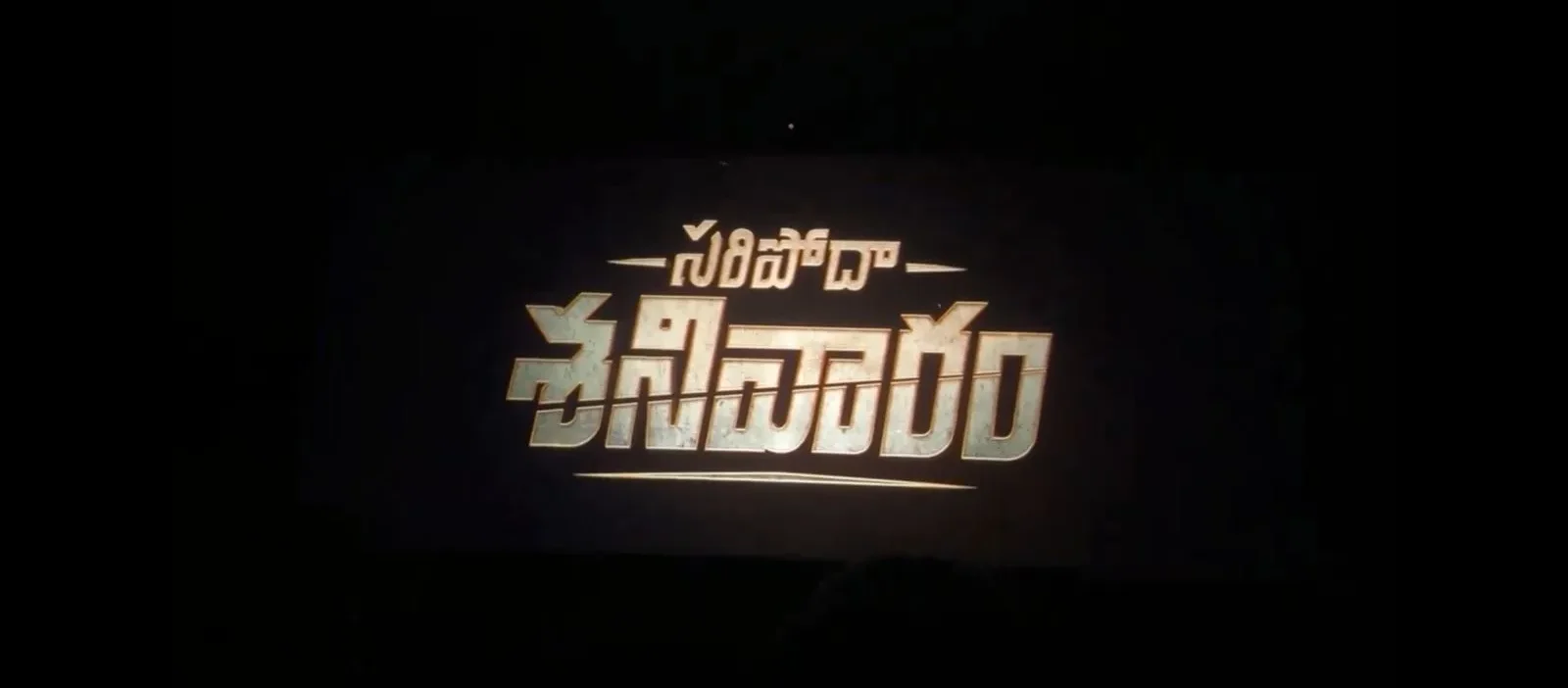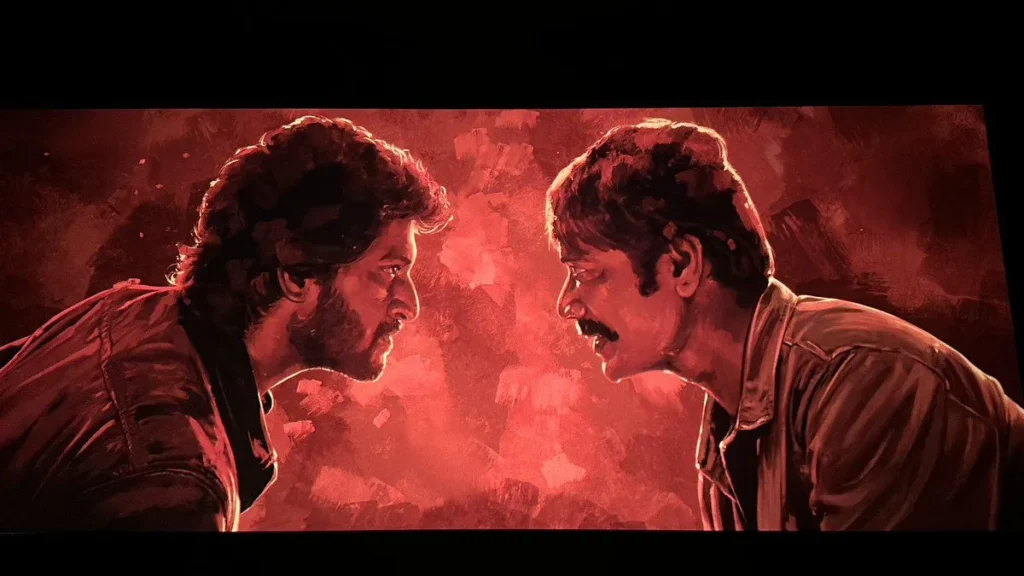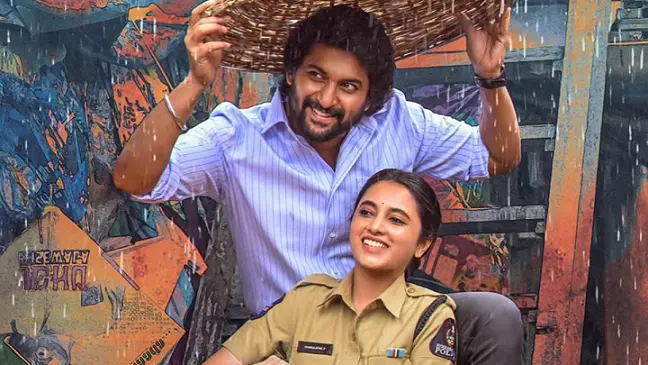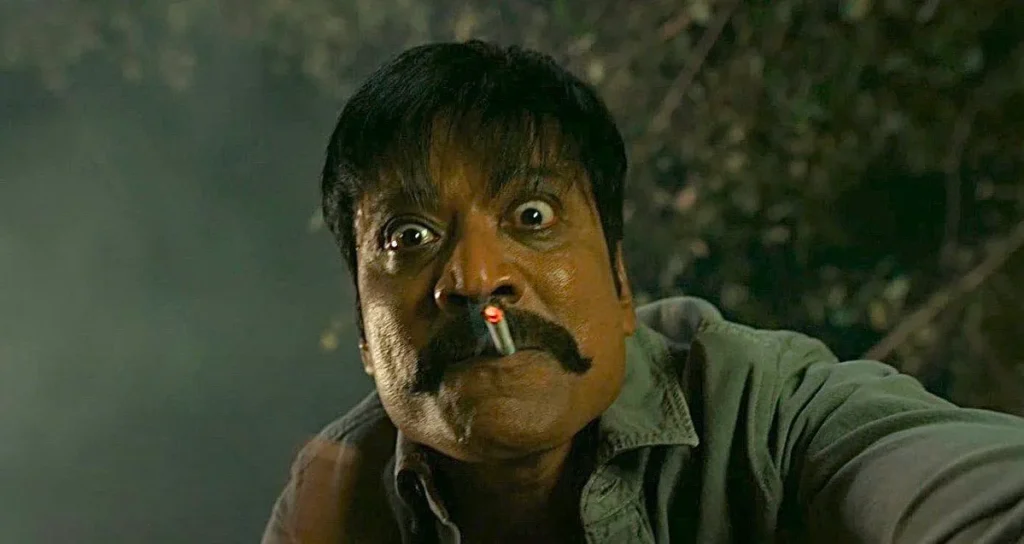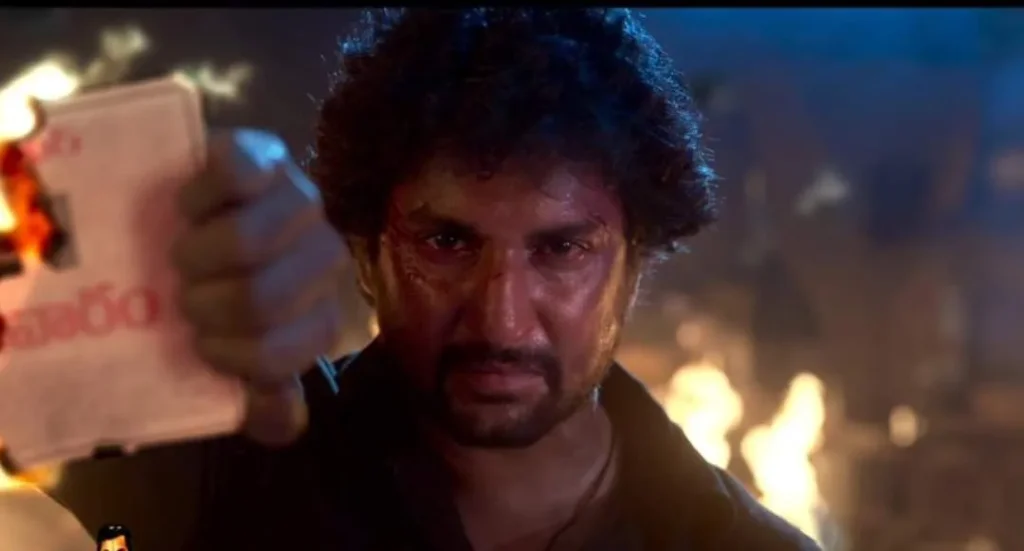Which are the OTT releases this week? With so many releases across platforms, here are 3 picks that I think are worth checking out. Kishkindha Kandam, Adithattu and Freedom at Midnight are my suggestions. Why I pick those; scroll down to read more.
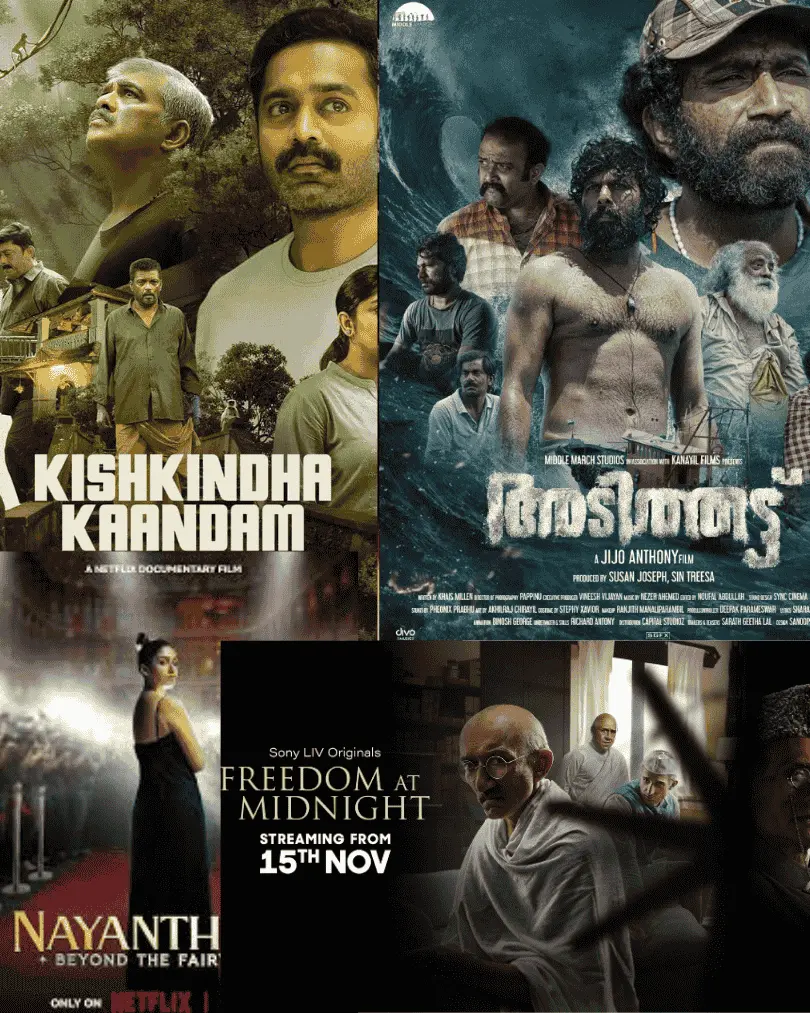
Kishkindha Kandam: A Mystery That Will Keep You Guessing
Platform: Jio Star
Director: Dinjith Ayyathan
Cast: Asif Ali, Aparna Balamurali, Vijayaraghavan, Jagadish, Kottayam Ramesh
Plot Synopsis: Kishkindha Kandam
Kishkindha Kandam follows a retired army officer in his 70s, Appu Pillai (Vijayaraghavan), and his son Ajayan (Asif Ali), a forest officer, as they search for their missing licensed gun.
But things get more mysterious as Ajayan struggles with the disappearance of his first child, who has been gone for years.
Highlights: Kishkindha Kandam
❤️ The film’s slow pace & writing perfectly suits the suspense, building up an unforgettable ending.
❤️ Vijayaraghavan gives a top-class performance, brilliantly portraying his character’s struggles with age and hidden secrets.
❌ The movie’s slow build-up might not appeal to everyone but pays off if you stick with it.
Kishkindha Kandam easily stands as one of Malayalam cinema’s best mystery dramas after Drishyam. If you enjoy movies with depth and mystery, catch it on Jio Star from November 19.
Freedom at Midnight: A Journey Through India’s Partition
Platform: SonyLIV
Director: Nikkhil Advani
Cast: Kareena Kapoor Khan, Arif Zakaria, Sidhant Gupta, Rajendra Chawla
Plot: Freedom at Midnight
Freedom at Midnight is a historical drama set during the critical period of India’s independence and partition. The series follows pivotal figures like Mahatma Gandhi, Jawaharlal Nehru, and Muhammad Ali Jinnah as they navigate political tensions and personal sacrifices to shape the destiny of two nations. With scenes that explore the human cost of partition, the series dives deep into the challenges and decisions that defined a generation.
Highlights: Freedom at Midnight
❤️ Kareena Kapoor Khan delivers one of her career-best performances as a grief-stricken officer, bringing depth and emotion to the story.
❤️ Arif Zakaria shines as Jinnah, capturing his intensity and struggles with conviction.
❤️ A balanced narrative that captures the complexities of the leaders’ decisions without taking sides.
❌ The series condenses a lot of historical details, which may feel oversimplified at times.
With its powerful performances and engaging storytelling, Freedom at Midnight is a must-watch for history enthusiasts and those intrigued by the partition era. Now streaming on SonyLIV!
Nayanthara: Beyond the Fairy Tale – A Glimpse into the Superstar’s Life
Platform: Netflix
Genre: Documentary
Release Date: November 18
This docu-series offers an intimate look at Nayanthara, one of South India’s most iconic stars. Known for her private nature, Nayanthara opens up about her journey, balancing her career with her roles as a daughter, sister, wife, and mother. Featuring interviews with close friends, family, and colleagues like Rana Daggubati and Taapsee Pannu, the series gets deep into her world, revealing the woman behind the so called lady superstar.
Deadpool & Wolverine: Marvel’s Wildest Pairing Yet
Platform: Jio Star
Director: Shawn Levy
Cast: Ryan Reynolds, Hugh Jackman & Emma Corrin
Plot: Deadpool & Wolverine
In Deadpool & Wolverine, the Time Variance Authority (TVA) recruits Deadpool (Ryan Reynolds) to protect the multiverse. Along the way, Wolverine (Hugh Jackman) returns from the dead to join him in a chaotic mission to save their universe. With sharp humor, relentless action, and a plot that spans multiple timelines, the movie explores the uneasy yet hilarious partnership between the sarcastic “Merc with a Mouth” and the brooding Wolverine.
Highlights: Deadpool & Wolverine
❤️ Slick and visually impressive fight sequences that fans will want to rewatch.
❤️ Packed with fourth-wall-breaking humor and surprise cameos that hit the right notes.
❌ The plot feels thin at times, relying heavily on jokes and action to carry the story.
❌ Repetitive humor may not work for everyone, losing charm as the movie progresses.
If you’re a Marvel fan, Deadpool & Wolverine is a fun ride full of laughs and surprises. Stream it now on Jio Star!
Adithattu: A Slow-Burning Thriller
Platform: Amazon Prime
Director: Jijo Antony
Cast: Shine Tom Chacko, Sunny Wayne, Alexandar Prashanth
Plot: Adithattu
Set against the backdrop of the sea, Adithattu revolves around a fishing crew led by Ambrose (Shine Tom Chacko). Short-handed after the supposed suicide of their leader, the crew brings Marcos (Sunny Wayne), a troublemaker, on board. Tensions rise as hidden agendas and unresolved conflicts come to light during the fishing expedition, leading to a gripping and violent confrontation.
Highlights: Adithattu
❤️ Adithattu stands out with its raw storytelling and visually stunning cinematography.
❤️ Shine Tom Chacko delivers an intense performance, perfectly embodying the ruggedness of a fisherman.
❤️ The film’s 94-minute runtime focuses on character detailing, offering an immersive experience.
❌ The slow pace and minimalistic story might not appeal to everyone.
❌ The violent sequences and frequent cuss words earn the film its ‘A’ certification.
If you enjoy moody, character-driven thrillers that don’t spoon-feed their narrative, Adithattu is a must-watch. Now streaming on Amazon Prime!
Martin: Killing Spree With No Substance
Platform: Zee5
Director: AP Arjun
Cast: Dhruva Sarja, Vaibhavi Shandilya, Anveshi Jain
Plot: Martin
Martin follows Arjun (Dhruva Sarja), an aggressive man captured in Pakistan who struggles with memory loss. As he tries to escape and uncover his identity, he learns about Martin, a shadowy figure connected to his past. Their intertwined fates lead to high-octane action sequences, hidden agendas, and a chaotic search for answers.
Highlights: Martin
❤️ Martin shines in its ambition, delivering some thrilling action set pieces.
❤️ Dhruva Sarja showcases intensity and versatility, excelling in the film’s action sequences.
❌ Weak character development and predictable twists undermine the narrative.
❌ Continuity errors, chaotic plotting, and lackluster dialogue detract from the experience.
If you finished all other movies and web series and still you have time, try Martin at Zee5.






























